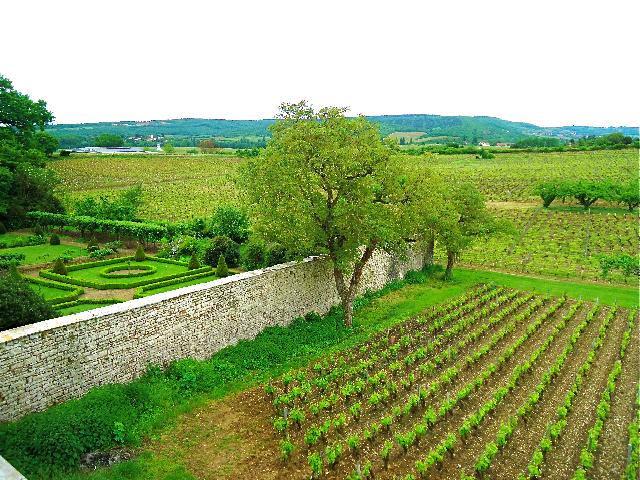“You’ve got to try this,” an American voice insisted among the pots of mustard and bowls of breadsticks. I was in the Maille Mustard Shop in Dijon, capital of the French province of Burgundy, and exotic tastings were going on all around me. Japanese tourists were browsing along one wall while local citizens queued at the cash register.
Founded in 1747, this was the oldest and most prestigious place to buy the spicy condiment in a town whose name is synonymous with the stuff. Not only was standard flavor Dijon here, but mustard mixes with honey, with quince, with horseradish, and a hundred other ingredients in brightly labeled bottles lined the shelves. There were pump pots where you could create your own traditional jars complete with cork stoppers.





